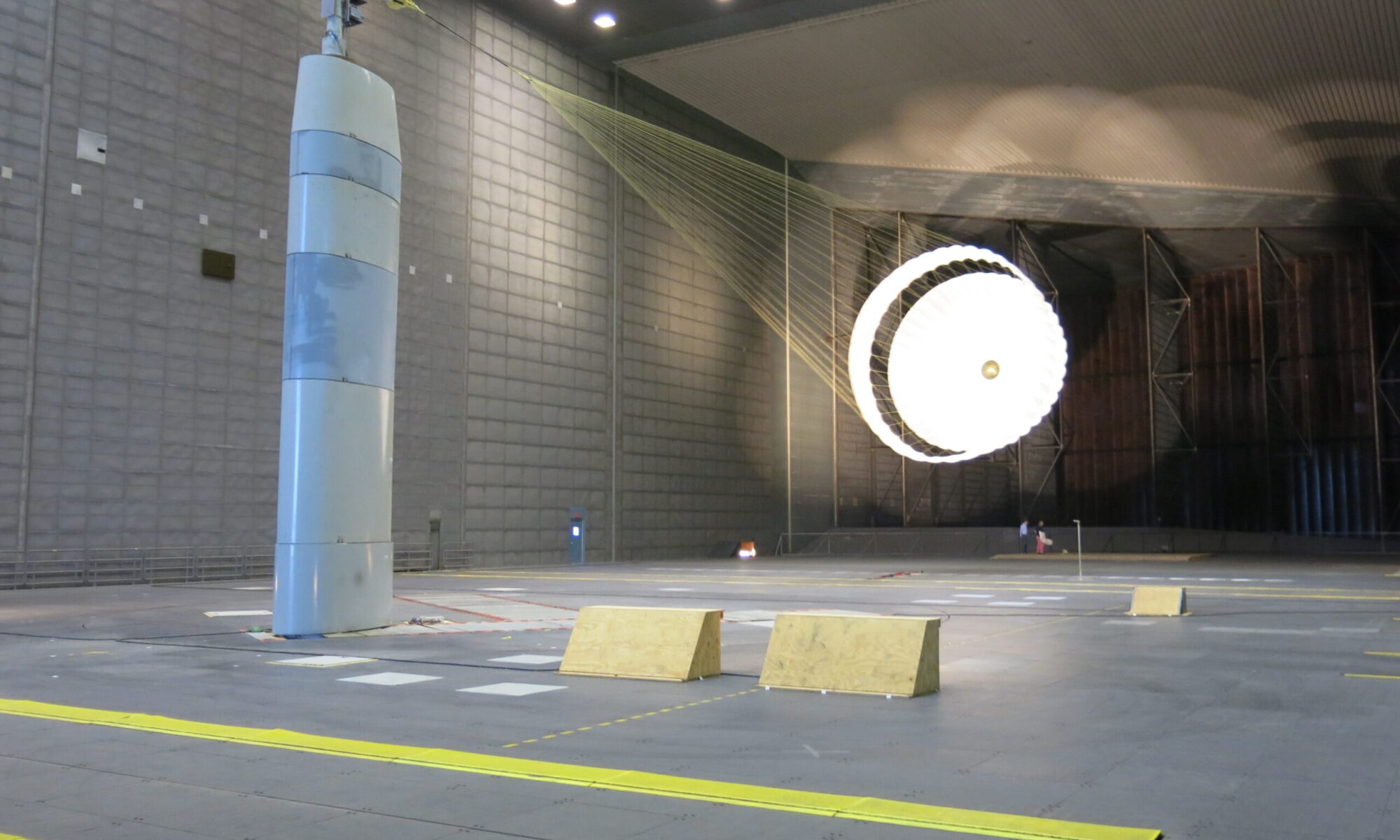The European Space Agency (ESA) established the ExoMars Programme to investigate the Martian environment and to demonstrate new technologies paving the way for a future Mars sample return mission in the 2020’s. Entry, descent and landing are the most critical capabilities for all planetary surface exploration missions. Research and investigation into alternative concepts has resulted in further development of these concepts where they prove to be advantageous to the mission.
The Alternative Descent and Landing Technologies (ADLT) project focused on the specification, design, analysis and development planning of the descent and landing system for a 1-tonne probe with particular emphasis on the applicability of vented airbags for cushioning the landing on Mars.
The ADLT project modelled the entire descent and landing phase, from the end of the entry phase, through the deployment of parachutes, the activation of propulsive velocity control systems and to the landing with a vented airbag system. This theoretical approach identified many of the critical operational and technological factors involved, and also gave an indication of where to focus future activity, including hardware development and testing.
In addition to this theoretical consideration of the descent and landing sequence, it was also required to develop and test a breadboard of the vented airbag to prove the feasibility of the concept.
Vorticity conducted a detailed analysis of the design and performance of the individual components of the descent and landing system.
The key trades carried out during the conceptual design were:
- Aeroshell geometry – front shield and back cover cone angles
- Lander and back cover separation configurations
- Main parachute, retro rocket trades for final descent
- Parachute sequencing options
- Simulation of wind gust effects on landing success and the definition of systems for lateral velocity control at landing
- Vented or non-vented airbag landing system
Individual sub-systems were optimised to achieve the required performance within the constraints of the mass and stowage budgets allowed by the Descent Module (DM) and Rover designs. In addition, detailed simulations of the overall performance of the descent and landing systems were carried out to define the most efficient system. An assessment of the maturity of each of the components and associated technologies was conducted. The current development and qualification status of each sub-system was compared with the requirements of the ExoMars mission and the current programme timeline. Development programmes and expected schedules were produced for each component of the system up to flight standard, qualified hardware. High-risk items within the system were highlighted. Finally, proposals for system level end-to-end tests to validate the functionality and performance of the entire DLS were devised in support of the ExoMars programme.
Successful solutions to the problem of landing to date have included soft-propulsive landing (as for Viking), and harder, bouncing airbag-assisted landing (as for Pathfinder and the MERs). While the propulsive system is more suitable for larger payloads, airbag based systems have been shown to be more mass efficient for smaller scale missions. An alternative concept to bouncing airbags was investigated within this activity. It comprises a hexagonal platform surrounded by airbags containing vent valves in each of the six segments. On landing, sensors send a signal to open each of the vents in sequence which allows a rapid but predictable deflation. There is little rebound and the payload comes to rest in a predictable, upright orientation, controlled by sequenced venting which allows correction for lateral velocity, slopes and rocks. A series of positive tests confirmed the potential of the vented airbag system and it was carried forward for further development in the main ExoMars programme.

